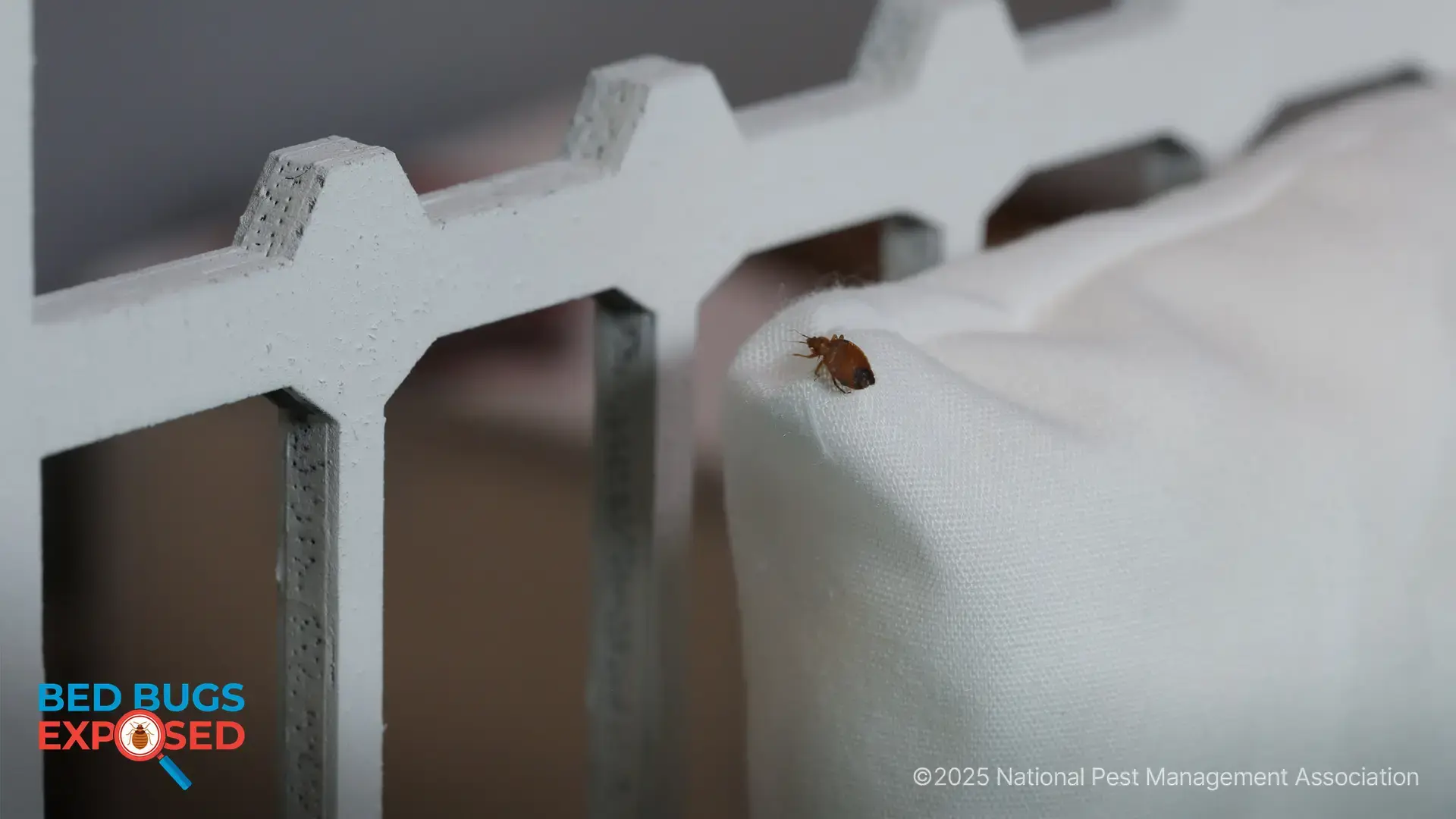Pests That Can Get Stuck Inside the Body – Part Two
Dracunculiasis, also known as Guinea worm disease (GWD)
You may be familiar with images of a rod and serpent as the age-old symbols of medicine. The rod (or staff) of Asclepius has a single serpent encircling a staff, while the Caduceus has two serpents entwined around a staff, often surmounted by wings. This is a pictogram of one of the oldest medical therapies known. If you look closely, you’ll see symbols of one of the oldest medical therapies known to science – parasite extraction. We see descriptions of this parasite in ancient Egyptian texts and may have even been mentioned in the Bible.
These images are from a very real emergence of a long worm-like parasite from the skin, which is directed out by slowly and patiently wrapping it around a small stick and pulling the stick until the entire worm is removed. The medical term for this infection is Dracunculiasis, also known as Guinea worm disease (GWD). Although there is no effective medical treatment for this disease, nor any vaccines to prevent it, great progress has been made towards eliminating it.
The disease is caused by the parasite Dracunculus medinensis, which literally means the “little dragon from Medina” and is acquired by ingestion of contaminated water or infected fish or frogs eaten undercooked or raw. While at first there are no symptoms, the parasite grows and develops in the body until about a year later when it erupts from the skin. At first a burning and painful blister, the worm slowly emerges from the skin – typically from the lower legs and feet.
The worm that protrudes from the skin is very thin and surprisingly long. While adult female worms are typically only 1-2 millimeters wide (1/16th inch), they have the potential to grow up to 100 millimeters long – that’s more than a yard!
Today’s management of parasitic infections is much the same as it was in ancient Egypt. Guinea worm extraction entails wrapping the live worm around a small stick and winding it to slowing pull the parasite out a few centimeters at a time. This very rarely takes as little as several hours. In fact, the guinea worm removal process usually takes weeks to remove the whole worm. Left to its own devices, the worm generally comes out of the skin over the course of a few debilitating and painful weeks. Even then, the wound caused by the emerging worm may become secondarily infected, which may exacerbate discomfort and prolong the host’s recovery time.
In areas where guinea worm disease is prevalent, prevention requires safe or filtered drinking water, and eating only well-cooked aquatic animals. Thanks to advancements in these areas, we continue to move closer to the near worldwide eradication of this infection.

Learn About Rodents
Rodents invade millions of homes each winter. Learn more about them!

NPMA's Bug Barometer Forecast
The latest Bug Barometer® forecast from the National Pest Management Association reveals what homeowners across America can expect from pest activity this fall and winter.

NPMA's Bed Bugs Exposed Project
Check out NPMA's Bed Bugs Exposed project to learn more about this hitchhiking pest and how to prevent an infestation at home.
Find a PEST PRO in your area

Learn About Rodents
Rodents invade millions of homes each winter. Learn more about them!

NPMA's Bug Barometer Forecast
The latest Bug Barometer® forecast from the National Pest Management Association reveals what homeowners across America can expect from pest activity this fall and winter.

NPMA's Bed Bugs Exposed Project
Check out NPMA's Bed Bugs Exposed project to learn more about this hitchhiking pest and how to prevent an infestation at home.
